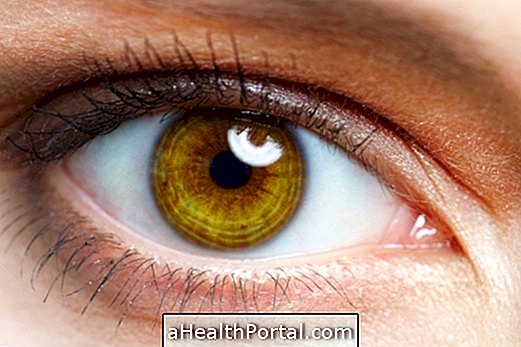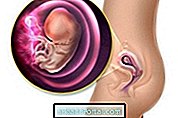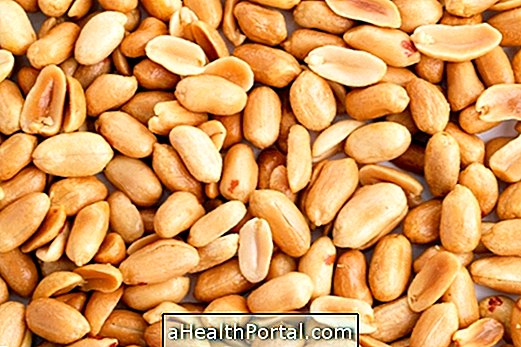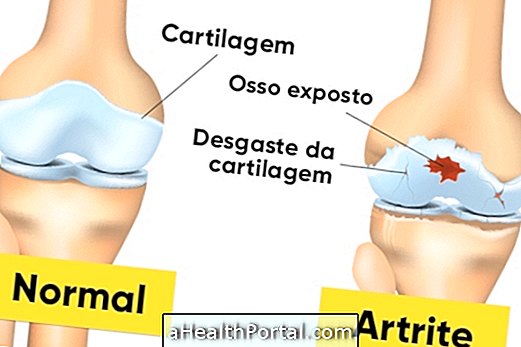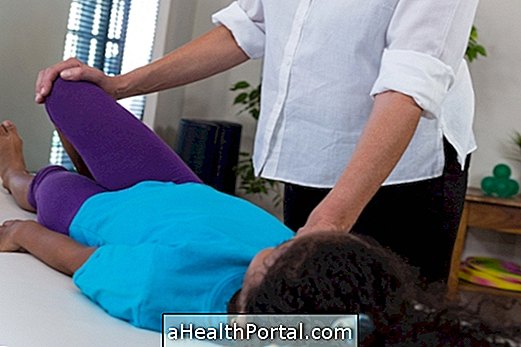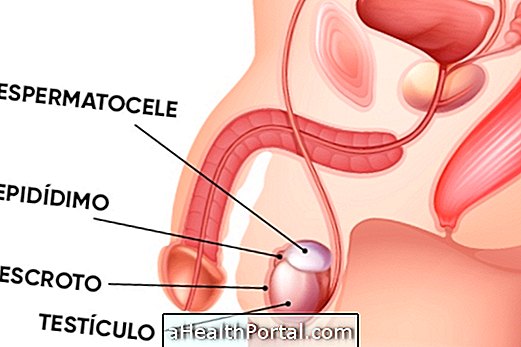The main symptom of ulcer in the stomach is pain in the "pit of the stomach", which is located about 3 to 4 fingers above the navel. In general, the pain appears between meals or at night, being difficult to control even with drugs that improve digestion.
The ulcer is a sore in the stomach, which hurts and aggravates when the gastric juice comes in contact with the wound because this liquid is acidic and causes more irritation and inflammation in the affected site. The main cause of gastric ulcers is the presence of Helicobacter pylori bacteria in the stomach, but this problem may also appear due to stress or poor diet.
Thus, to identify the presence of gastric ulcers, one should be aware of the following symptoms:
- Feeling of full stomach;
- Nausea and vomiting;
- Pain and burning in the middle abdomen;
- Very dark or reddish stools.
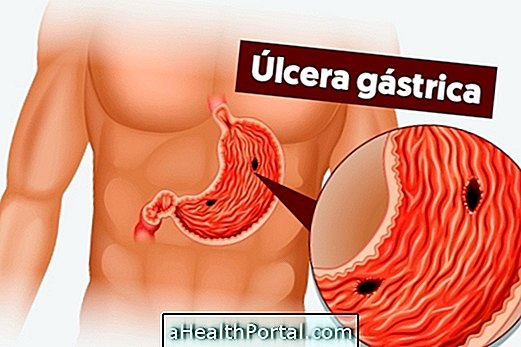
The presence of feces or reddish vomit indicates bleeding in the intestine, and it is necessary to seek the doctor to identify the location and cause of the problem. Ulcers are usually caused by chronic gastritis, see her symptoms here.
Diagnosis of stomach ulcer
As no symptom can be conclusive on its own, an examination for the diagnosis of ulcer is necessary. Therefore, endoscopy is important both for diagnosis and for determining the treatment, as well as for the prognosis of the disease.
The physician should take into consideration risk factors, such as the patient's age, drug intake, and infection with Helicobacter pylori .
Ulcer Treatment
Treatment for ulcer is done with medicines like Omeprazole or Ranitidine, which inhibit the acidic secretion of the stomach. It lasts on average 4 to 8 weeks, depending on the size of the ulcer and its location.
In ulcers infected with the Helicobacter pylori bacterium , a combination of combined antibiotics according to medical indication and which may be Clarithromycin and Azithromycin is associated with therapy.












